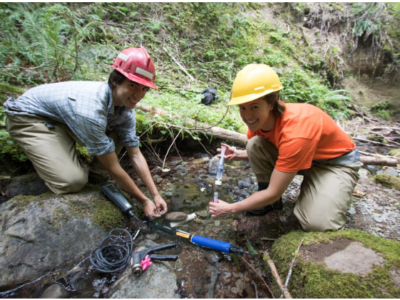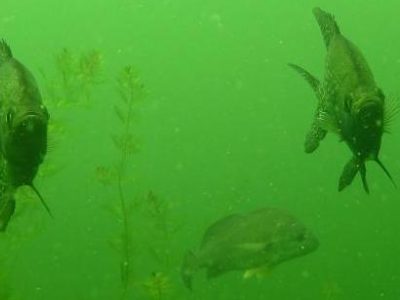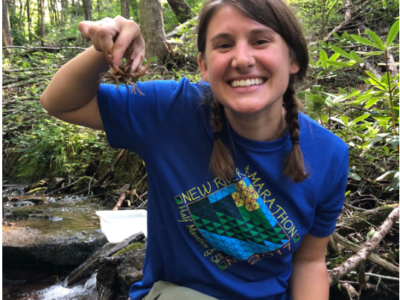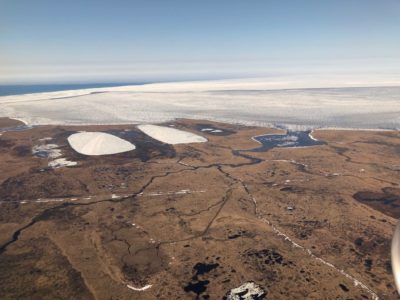The Ups and Downs of Coastal Marsh Elevation Modeling
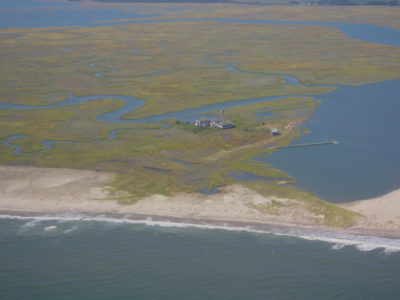
The frequency of large coastal storms and hurricanes is on the rise, impacting the biological services that wetlands and marshes provide. Modeling makes it possible to predict how future storms may affect these ecosystems, but accurately modeling widespread impacts of large storms like Hurricane Sandy, which bombarded much of the U.S. eastern shoreline, requires significant… Read more »





